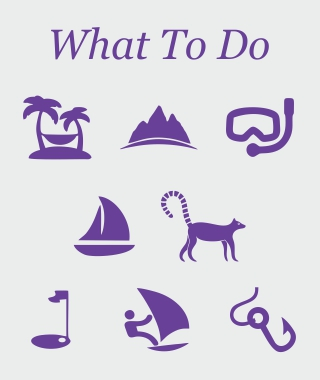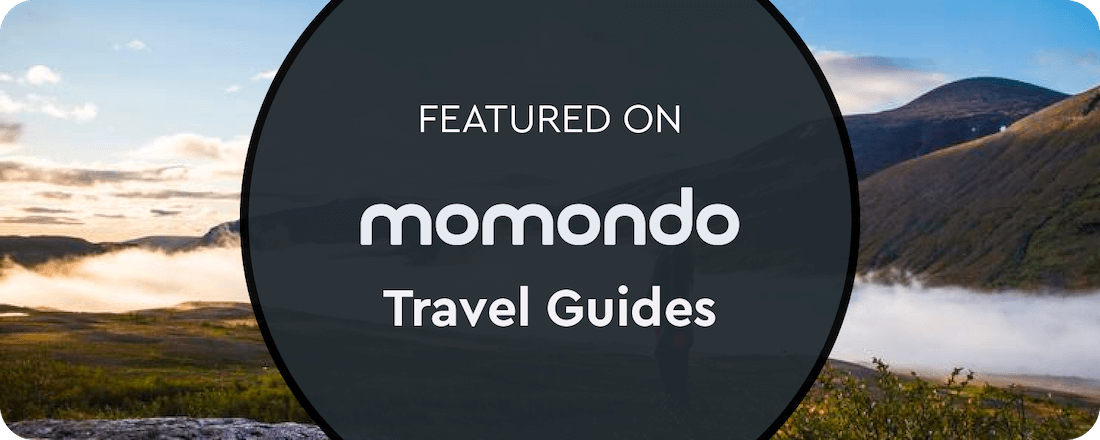Baie du Courrier, a few days at the edge of the world…
This trip from Antsiranana takes you through some truly stunning landscapes. You go on to know gradually the richest in diversity and beauty of the amazing uncommon kind in the north. It includes land, coast and sea. Following discovery of the earth’s natural beauty, marine and coastal excursions offers you the admiration of an unforgettable holiday.
The Baie du Courrier offers a captivating landscape thanks to its wild beauty and its tourist attractions to satisfy all the lovers of nature: expanses of mangroves, salt marshes, baobabs, pachypodiums... Courrier Bay this gigantic bay, whose coast extends over nearly 200km, is completely preserved.
It is the starting point for many tourist activities: hiking, deep-sea fishing, snorkeling or diving. To top it all, this is the entrance to the small neighboring islands such as Nosy Hara archipelago Marine National Park, Goat Island, Gull Island, an arch of wild and magical nature (Tortoises, Terns, Whales, Dolphin) which will surprise the lovers of nature.
Ideal setting for nature lovers, but also enthusiasts or lovers of fishing and scuba diving. You can choose the program of your days: between a sea excursion to discover the surrounding islands of the archipelago of Nosy Hara and their coral reefs populated by fish of all kinds, a hike to The Windsor Castle or a simple stroll along the coast with deserted beaches, your days will be full.
The landscapes of Baie du Courrier are breathtaking. Every sunset is a unique painting that brings you closer to your dreams. When the sky is clear, one can take the time in the evening to observe the parade of shooting stars that takes place every night.
Discover the wonders of Courrier Bay! The crew that accompanies you is composed of its captain, a diver skilled in hunting lobster and a guide. For you to be organized outings at sea which are the opportunity to explore the marine reserve of Nosy Hara and its archipelago of 12 small islands surrounded by coral reefs and famous for diving. Departures at sea take place preferably in the morning, after breakfast. You decide the desired time of departure.
Among the excursions at sea, do not miss the one that leads to the peninsula pre-named Chapeau Gendarme (of its form) by the premises. The peculiarity of this peninsula is that it is covered with a forest of baobabs that overhang the blue and turquoise waters of the Baie du Courrier. The baobab, or Reniala which literally means "mother of the forest", is the most remarkable plant species of Madagascar. Baptized as a bottle tree by Europeans, it is sometimes referred to as an upside-down tree because of its shape that seems to be reversed, the roots pointing towards the sky. The baobabs live en masse on this peninsula of the Courrier Bay. It is possible to dock there to discover the place and to admire the baobabs more closely. Again, the tour takes place in a fishing boat in the company of a skipper, a professional diver and a guide. The beach which runs alongside the Chapeau Gendarme peninsula is a beach of fine sand. The setting is authentic. The tranquility of the site soothes. No one has yet ventured into this baobab forest. The vegetation is too dense to reach it. This forest of baobab trees confers to the place a very attractive aspect. One can admire the magnificent flowers of baobabs, rare and exotic. During the walk, it is possible to dive in the waters that bypass the Chapeau Gendarme peninsula, where many lobsters live. If you manage to chase one, you can grill it on your return (the grilled lobster topped with a butter sauce with garlic and parsley is excellent!).
A visit to the village of Ampasindava is also necessary. This fishing village. The villagers are very welcoming. The beach is superb and the setting relaxing, ideal to recharge.
A walk at sea allows to fully appreciate the beauty of the Baie du Courrier and its many facets. The staff who accompany you at sea are experienced and will share their love for the Malagasy biodiversity. In the program for every day: fishing and/or scuba diving/snorkeling on the large coral reefs of an island of your choice, underwater hunting, seabed exploration, gourmet picnic at lunch time on a beach Paradisiac type postcard, nap (optional), swimming, re-diving around the island and finally back to Madiro Kitamby in the late afternoon to contemplate the sunset. David, the son of the managers of the lodging, who is at the same time tourist guide and apprentice cook, will take care to concoct you a tasty home aperitif at the return of your excursion rich in discoveries and privileged moments. After a long day of hiking in these preserved marine environments, you will be happy to find the land. Etiennette will be waiting for you on the terrace, busy behind the furnaces to prepare dinner. You will enjoy a cool aperitif in front of a wonderful sunset. The moment of the aperitif is a privileged moment to recall the experiences lived during the day and to plan the excursion of the following day!
Situated on the seafront on a beach close to the mangrove, below the Windsor Castle, Madiro Kitamby offers individual bungalows, or rather traditional Malagasy huts, typical of the region. The cottage is a family home where conviviality is the key word. Here, you will ensure that you do not lack anything for a pleasant and safe stay. Let yourself be tempted by this tourist destination that will take you to the heart of the Courrier Bay.
The cottage is managed by Jojo and Etiennette, a very friendly Malagasy couple, both passionate about fishing, who decided to settle in this remote corner of the world to indulge their passion. The NDAO-i-Travel understands how this couple fell in love with this privileged universe that is the Baie du Courrier, where the stars are counted by thousands and where wild fauna and flora, both terrestrial and maritime, fascinate.
Because of its location, the lodging guarantees a total change of scenery for the tourists. The setting is ideal to spend a holiday by the sea with family or lovers. Here you will spend unusual nights in the bush camp and facing the sea. Peaceful evenings under the sky lit by constellations of stars.
In Madiro Kitamby, you will live your feet in the water and... in the Malagasy way of life! It is Etiennette who takes care of preparing meals. The lodging is isolated and yet it is one of the best tables of Diego Suarez, in relation quality, quantity and price. The reputation of the cuisine of Etiennette is not to there is no limit: stuffed crab or in salad, grilles lobster or filet of fish or in all the sauces, fish carpaccio, filet of zebu, shrimp flambéed with rum, traditional dishes like Ena ritchy, chicken with coconut, ravitoto (prontonce ravitoutou) or romazava... Etiennette no shortage of imagination to vary the menus of the day, mostly with products freshly caught. The setting is ideal for dining, overlooking the sea and the island of Nosy Hara, a protected marine reserve. Breakfasts, lunches and dinners are served on the terrace of the main bungalow of the lodging.
Most bungalows are equipped with photovoltaic panels that distribute enough electricity to charge the battery of a phone, a laptop or a camera, to read before bed or sleep with the fan on. Having electricity is a luxury in this part of the world. The place is too isolated and away from the city, most homes are lit up by candlelight or oil lamp.
The bungalows are equipped with the strict minimum: a cozy bed to relax after a day at sea, a mosquito net, a stool, deck chairs and bedside tables. The bungalows are very well oriented, with each window overlooking the sea. This authentic country cottage, with its typical huts, in an ubiquitous and preserved nature, will welcome you for an unforgettable stay. You will quickly taste the rhythm of Malagasy life, the Mora-Mora (literally "slowly-slowly"). You will breathe the sea air in full lungs, by the sea, in a relaxed atmosphere full of serenity. For large families, there is a family bungalow. The camp is wooded, located in the countryside, in full nature. Calm assured!
A few days at the edge of the world for a relaxing holiday...
Watch more photos about Baie du Courrier (Courrier Bay) here.







